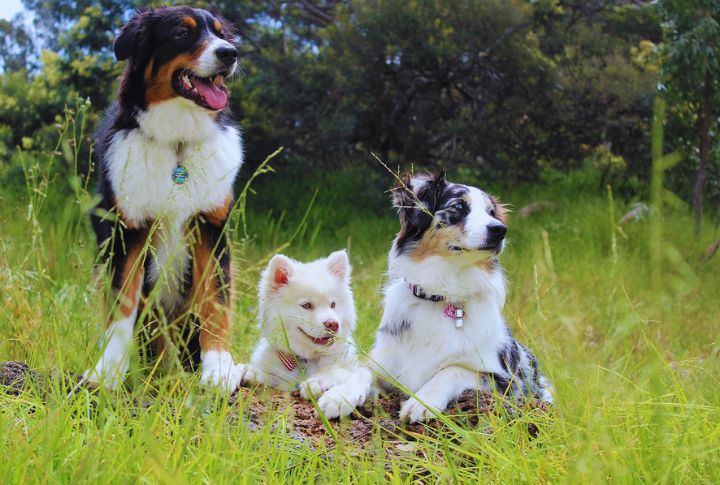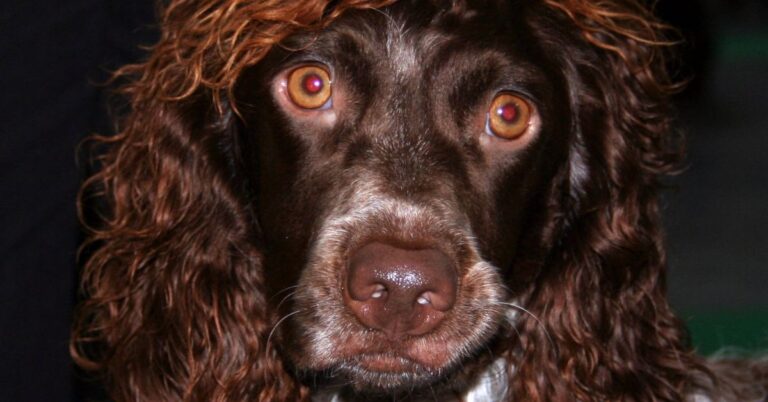How To Introduce A New Puppy To Your Senior Dog

Your senior dog had a solid routine—naps and uninterrupted peace. Then, boom! A puppy arrives, bouncing off the walls and parkouring across the living room. It’s chaos! But with the right approach, your old pal and the new troublemaker can become best buds (or at least tolerate each other). Here’s how.
Assess Your Senior Dog’s Temperament

Is your senior dog the wise old sage or the cranky grandpa type? Knowing its personality helps you prepare for the puppy invasion. Some older dogs welcome a new friend, while others act like the world is ending. Gauge its comfort level and plan accordingly since your pup’s success depends on it.
Choose A Compatible Puppy

Not all puppies are a match for your seasoned companion. Just imagine pairing a couch potato senior with a hyperactive tornado—it’s a recipe for disaster. Choose a pup with a compatible energy level. A good match makes adaptation smoother for everyone involved.
Prepare Separate Spaces

Your senior dog needs a retreat away from the puppy’s endless antics. Set up cozy zones where both dogs can decompress. Separate beds, feeding areas, and rest spots help prevent territorial tantrums. A little breathing room can work wonders.
Introduce On Neutral Ground

Meeting on neutral ground prevents your senior dog from going full “get-off-my-lawn” mode. A park or open space keeps tensions low and tempers cooler. No forced friendships—sniffing and slow introductions are key. Your home is your senior’s turf and an unannounced intruder? Yeah, that won’t go over well.
Supervise Initial Interactions

The first few meetings? Think reality TV drama. One wrong move and chaos will ensue. Watch their body language, such as tense stares and stiff postures, which might indicate trouble. Monitor the interactions and step in if things get heated. This isn’t a free-for-all.
Maintain Established Routines

Stick to the old routine while gradually blending in the puppy’s needs because your senior dog’s sense of stability depends on it. A sudden change in dinner time, walks, cuddle sessions, and indoor playtime can make it feel displaced. Without predictability, your old pal might question its VIP status.
Provide Individual Attention

A puppy demands attention, but don’t let your senior feel like yesterday’s news. Set aside one-on-one time for extra belly rubs or cuddle sessions, which remind it that it’s still your number one. Balance is key; jealousy breeds resentment, and that’s a recipe for disaster.
Monitor For Stress Signals

Senior dogs aren’t great at hiding their feelings. If it’s avoiding the pup or acting grumpy, take note. Excessive licking, withdrawn behavior, or sudden aggression? Those are stress signals—step in early to address tension before it turns into an all-out feud.
Encourage Positive Associations

Turn puppy encounters into jackpot moments for your senior dog. If every interaction comes with treats, that new pup starts looking like a walking goodie bag. Make the pup’s presence a signal for fun, and soon enough, your senior will associate the little menace with nothing but good vibes.
Seek Professional Guidance When Needed

Sometimes, no matter what you do, your senior dog refuses to accept the pup. If tension runs high or fights break out, bring in an expert. A dog trainer or behaviorist can create customized approaches to help bring back balance. Because, let’s face it, you don’t want to referee dog drama forever.





